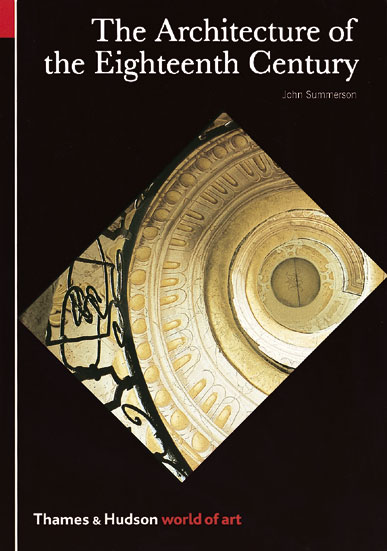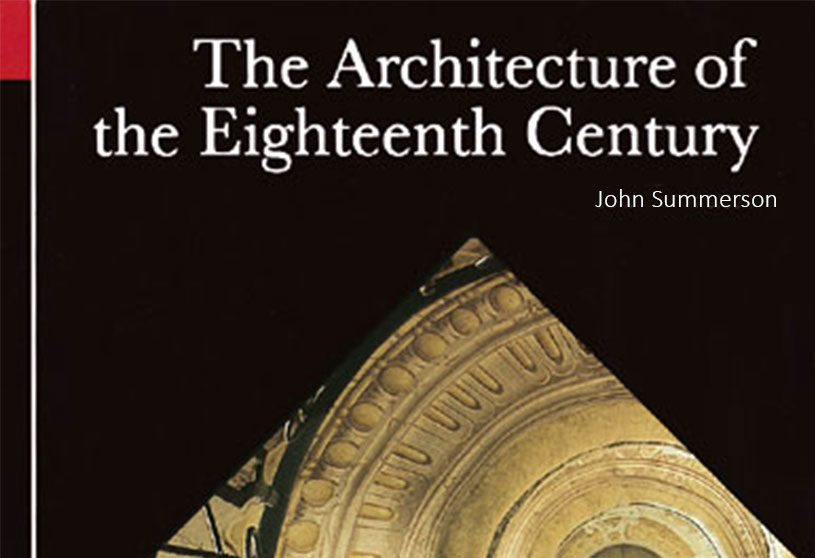About the Book
The books at eighteenth-century palaces, churches, theaters, libraries, museums, prisons, hospitals, and banks, discusses their various styles, and discusses the development of urban planning.
Book Review
Source Publisher weekly
Architectural historian Sir John Summerson, professor of fine art in Britain and curator for 39 years at Sir John Soane’s Museum describes the rise of neoclassicism after 1750. Making the point that the transition from Baroque was marked by “”a plurality of styles,” Summerson goes on to provide a historical context for the changeover, examines town-planning and looks at individual buildingsmuseums, libraries, prisons, theaters and banks. In the concluding chapter he discerns the echoes of Versailles in Washington, D.C., which he judges “the one great triumph of urban planning in 18th century America.” Some 174 illustrations, consisting of plans, photographs and drawings, embellish this satisfying summary of the period.

Contents of the book
- Ch. 1. The ascendancy and fall of the Baroque – The legacy of Roman Baroque – Rococo and Rationalism
- Ch. 2. The architecture of absolutism – Three royal palaces; Vienna, Stockholm and Berlin – The courts of Germany – Varieties of absolutism
- Ch. 3. The demonstrations of faith – Catholicism in central Europe – A twist to classicism: Italy and France – Spain, Portugal and Latin America – The Protestant world
- Ch. 4. A plurality of styles – <U+2018>Noble simplicity<U+2019> – Beyond Neo-classicism – Art, nature and the Gothic – The cult of the cottage – Archaeology, abstraction and the exotic
- Ch. 5. Architecture and society: the enlightenment – Theatres, public and private – Libraries and museums – Hospitals and prisons – The architecture of commerce
- Ch. 6. The urban image – Planning and politics – Formality dissolves – Growing into the future.
